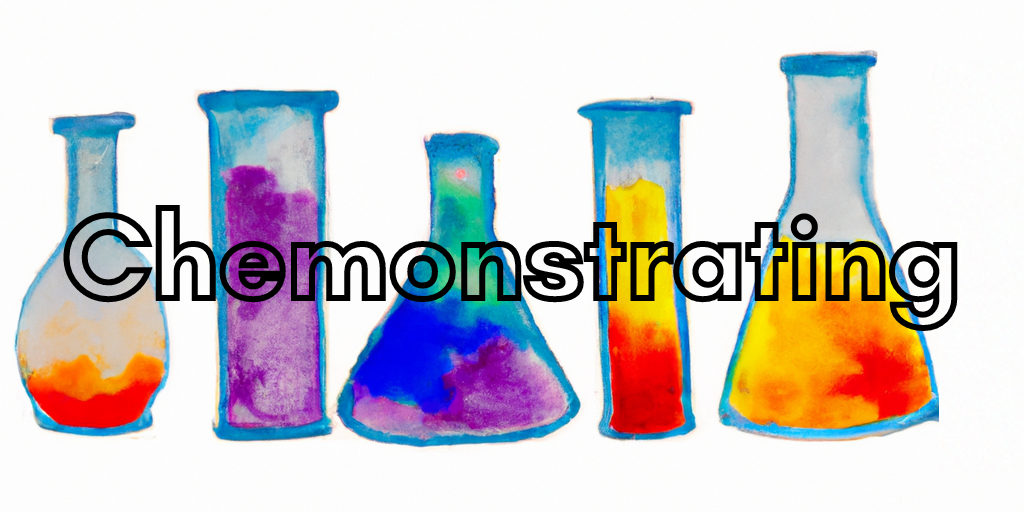Production and Combustion of Acetylene Gas
Purpose:
To demonstrate the generation and flammability of acetylene gas through a solid reacting with water.
Materials:
Reagents:
- Calcium carbide (CaC2(s))
Hazards and PPE:
- Acetylene is highly flammable. Do not stand too close to metal bowl when igniting acetylene gas.
- Calcium carbide produces flammable acetylene gas upon contact with water. The calcium carbide may contain a contaminate resulting in the release of the toxic gas phosphine on contact with water. Be sure to use non-contaminated, fresh calcium carbide.
- Wear approved safety goggles and gloves.
Protocol:
Demonstration
- Add ~10g of CaC2 (s) to metal bowl. Add more CaC2 (s) if you want the reaction to last longer.
- Add 2-3 mL DI H2O to metal bowl to begin acetylene gas production.
- Light the candle.
- Carefully and quickly hold the flame over the burning CaC2 (s) to ignite the acetylene gas. A large flame will be produced.
- Add more H2O to the metal bowl to increase the intensity of the flame.
Disposal:
- Add excess water to calcium carbide until bubbling ceases. Do this in the hood due to acetylene gas production.
- Place solid products in appropriate container and pour leftover liquid down the drain with excess water.
Reactions:
- CaC2 (s) + 2H2O(l) → C2H2(g) + Ca(OH)2(aq)
Citations:
- This demo adapted from the demo library of the Chemistry department at the University of Illinois at Urbana-Champaign.
Videos:
